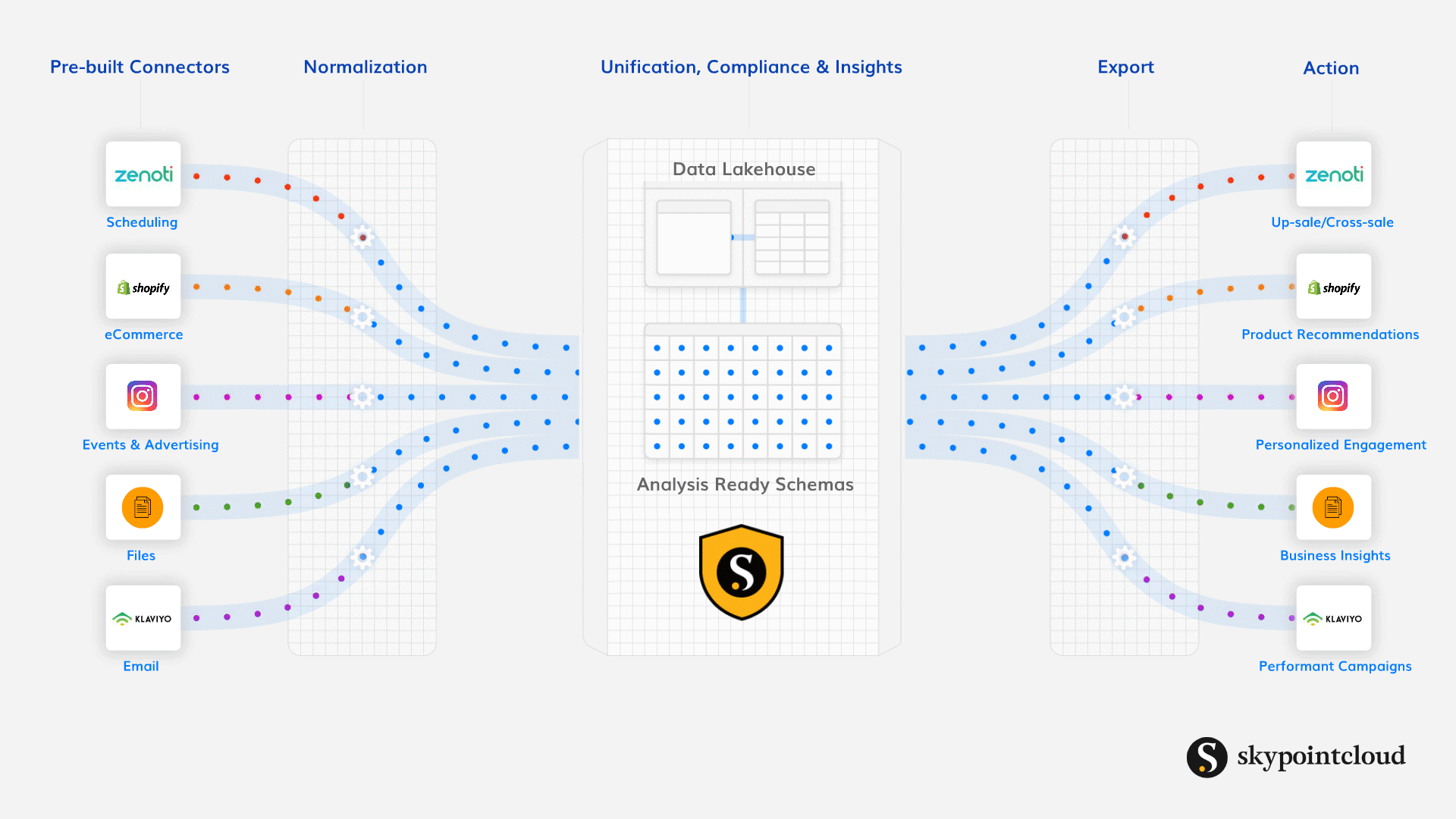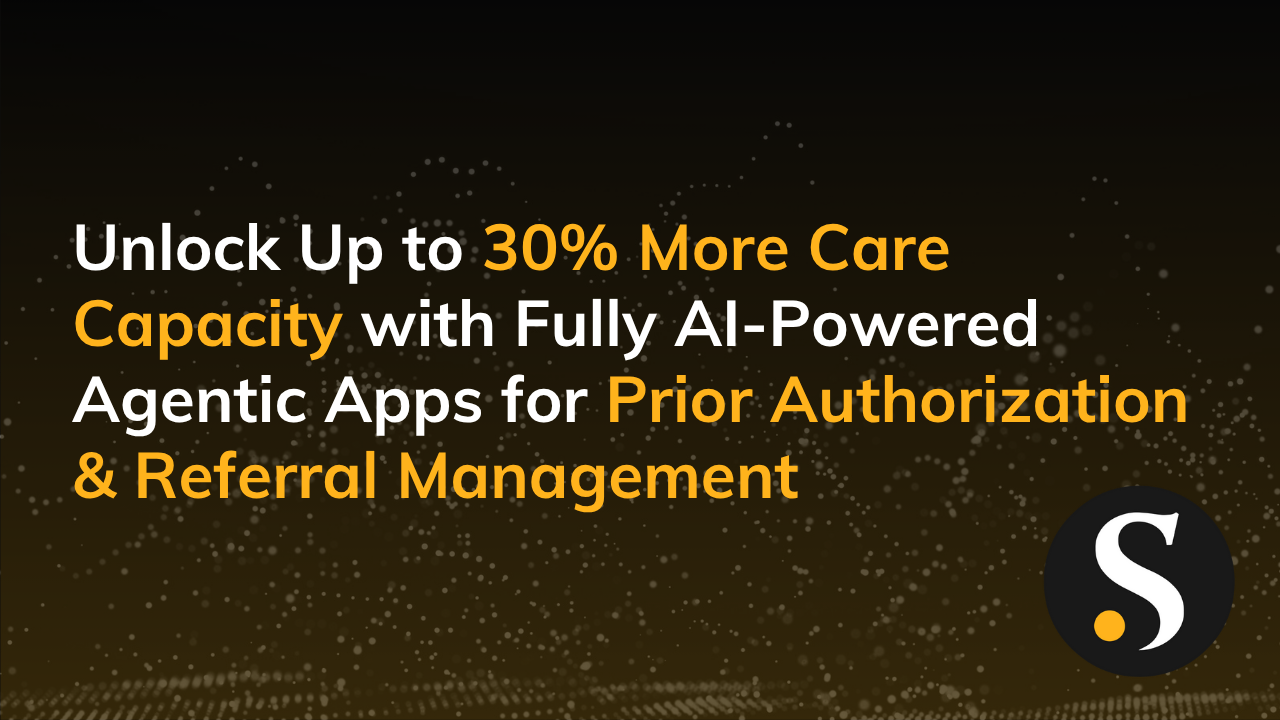Brands are managing more data than ever before…it’s safe to say, managing “tons of data.” Teams are searching for ways to improve their processes and tools—for the sake of their own sanity but also for the sake of their brand’s success.
Data is a powerful tool as long as you know how to use it. When data is managed well, your business is collecting and using customer data efficiently, maintaining privacy compliance, supporting personalized customer experiences, and driving the business toward the vision with actionable insights. When data is managed poorly, the opposite effect will happen.
What’s missing for most brands? A proper data management strategy. Today we’ll explore some data management foundations, what to include in your data management strategy, and how a customer data platform (CDP) is a key component.
What Is Data Management?
Data management is the practice of collecting, storing, and using data in a secure, efficient, and cost-effective way. Proper data management includes data governance—policies and procedures focused on the quality and usability of organizational data.
Once data governance is in place, you can use that data to gain a better understanding of the customer journey and deliver personalized and compliant customer experiences.
You have a lot of customer data at your fingertips. Within that data, you have unbeatable insights that will both steer the business and support revenue objectives. With data management, you are treating data the way it should be…as a value-add to your business.
What Is a Data Management Strategy?
There are data management strategies, then there are great data management strategies. Since you understand the opportunities with data, you already know the value of a great strategy.
A great data management strategy involves people, processes, and technology working together.
- People – Data stewards and people responsible for defining the data strategy.
- Process – Covers security controls management—who can access what.
- Technology – Tools for managing customer data and implementing the strategy.
Strategically, you need to understand what you want to accomplish with your data management strategy. Do you want to make sure compliance needs are met? Reduce costs? Increase revenue? Personalize customer experiences? Spend some time identifying the purpose of your data management efforts so your teams are working toward this vision.
Data Management vs. Data Strategy
A data strategy is an overarching concept that includes the collection and the monetization of data. Once your data is collected, you need to figure out how to manage it at these different collection points. After the data is organized, it’s time to turn data into actionable insights for business initiatives.
Data management is a subset of the data strategy umbrella. Once the data is collected, how will you manage it day-to-day? Data management addresses how you store data, put access controls around it, make sure it is protected and compliant, and that people have the right access to it.
What to Include in Your Data Management Strategy
Customer data is constantly flowing in and out of a multitude of sources, everything from external applications to internal resources. Data and PII (personally identifiable information) are disorganized, overwhelming, and at-risk.
But, customer data doesn’t have to be this way. Just make sure to include the following key components in your data management strategy.
Data Protection
Data protection includes the encryption of data and making sure data is transported in encrypted channels. Figure out who has access to what through an access control list and monitor data so there is no data leakage.
Use data tokenization or data de-identification for people that don’t need direct access to the data. This way, if there is a data breach, then data is still protected.
Data Retention
Data retention is about identifying different types of customer data and how long you should retain it. If you’re collecting weblogs from visitors to your website, how long should you keep that data versus data that is about product purchases?
There are different classifications for data—and data should be stored and preserved accordingly. How long you manage every piece of data you retain really comes down to value versus risk. If there is no business value with the data, it is better not to retain the data because it will only add legal risk should privacy violations or a breach occur.
Data Privacy
Data privacy accounts for all privacy legislation requirements, including CCPA, CPRA, and GDPR. You need to identify all PII, know exactly where it is located, and provide access to the involved parties.
Data privacy is about giving control to the people it belongs to—such as customers or employees. You need to get specific consent from users about how you are using their data and give them the ability to erase, download, and request that their data not be sold.
Data Engineering
Data engineering cleans up and transforms your data. Once organized, you can run data science algorithms, create AI models, and use machine learning to see everything from predicting sales to figuring out who your potential customers are.
Data engineering goes hand in hand with data science, ensuring you manage data to create value through data science and business intelligence. From there use BI tools, like those available on Power Platform, to help you visualize data, take action, and overall…make your data work for you instead of against you.

How a CDP Supports Your Data Management Strategy
Skypoint Cloud is a Modern Data Stack with customer data platform (CDP) built-in that helps in many areas of the overall data management strategy to manage customer data effectively.
- Collect – Skypoint connects to over 200+ data sources so you have a mechanism to collect data from every imaginable source (i.e. Salesforce, Google Analytics, Shopify).
- Unify – Our CDP normalizes data so it is unified around your customers, providing a single customer 360 view.
- Protect – Skypoint uses a common data model to retain and classify data. Organized and accessible data is easier to protect than siloed data.
- Act – We do data science, creating predictive models around customer churn and customer lifetime value. For example, we unify data connected through Power BI so you quickly visualize data and drive actionable insights.
Building a great data management strategy means focusing on doing what is best for your business and your customers. It comes down to having a solid data privacy infrastructure to make sure privacy compliance is happening and the end customer has the necessary control over their data.
The Skypoint team is happy to help you build a better data management strategy. Reach out for guidance or if you have questions about how our CDP works.




